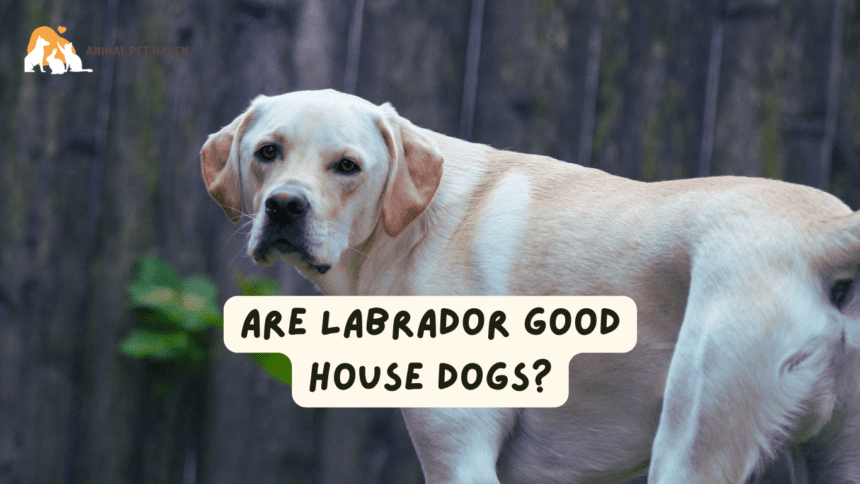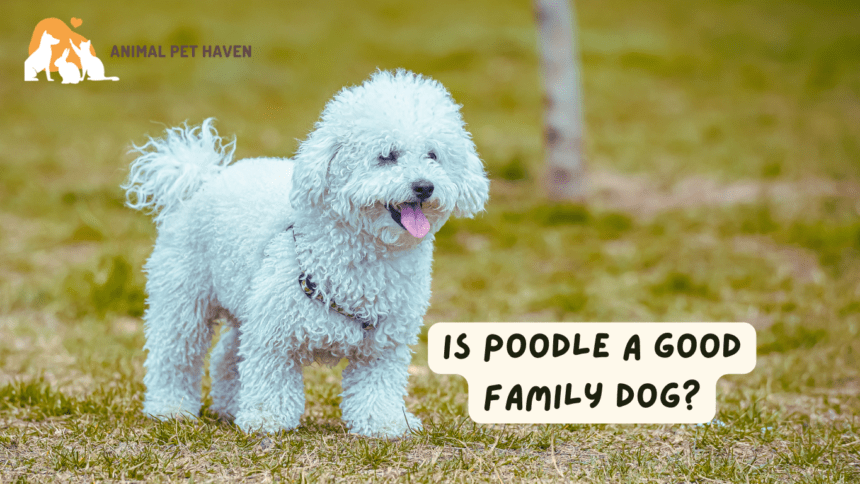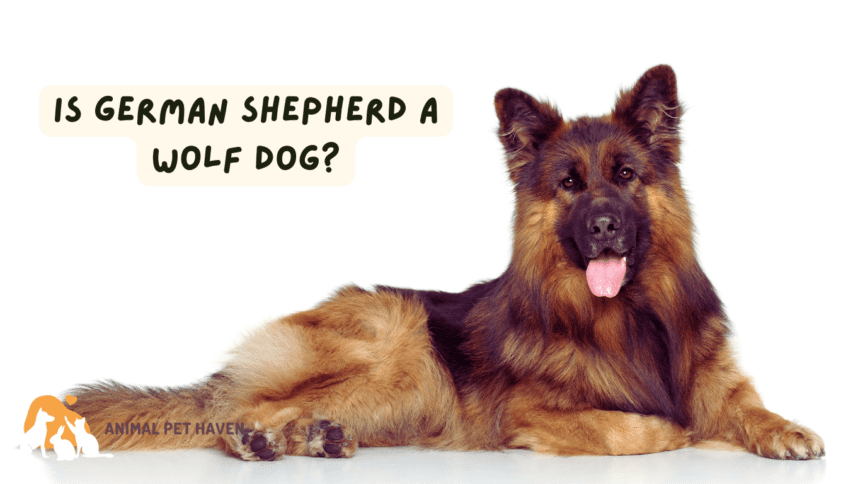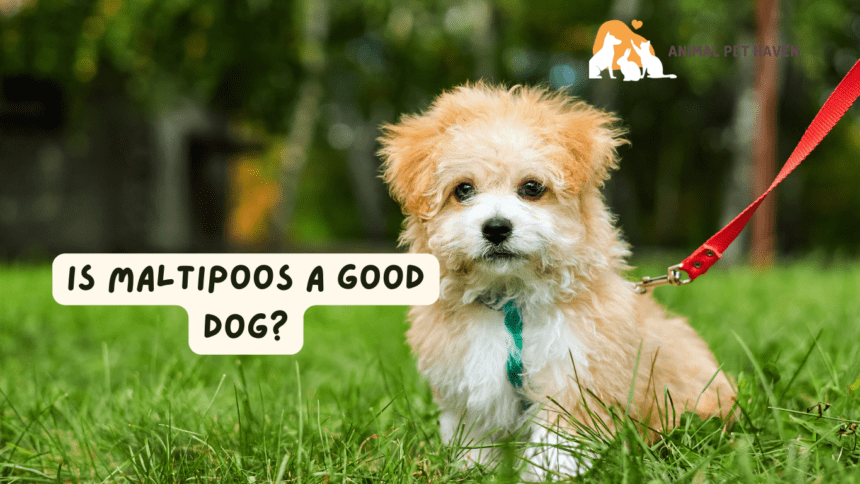Belgian Sheepdog Personality
The Belgian Shepherd is a versatile breed. He is skilled not only in herding, obedience, and tracking, but also in protection, law enforcement, drug, bomb, and gas detection, search and rescue, sledding agility, and therapeutic help for the crippled, ill, or elderly.
This dog is demanding and requires an experienced owner. A Belgian sheepdog can be difficult to control unless his guardian understands how to handle him. Sheepdogs vary in temperament and ferocity. They are people-oriented and prefer to be around their family. This predilection makes Belgians undesirable as kennel dogs since they can get hyperactive with excessive barking and may dig holes.
What to expect
The Belgian sheepdog is intelligent and obedient. He possesses strong protective and territorial tendencies. He needs significant socializing beginning at an early age, as well as tough but not brutal instruction. Unless you work in a protective sport, you do not need to provide your Belgian with protection training because it will come easily to them.
Belgian sheepdogs make great pets in the proper household. They thrive on love and company. Belgians have an inherent herding tendency that includes pursuing and circling, moving effortlessly for hours, and biting at people’s heels. They are appropriate for working and competitive obedience, but not for toddlers who run and cry. A Belgian will try to keep the toddler in one location.
The Belgian sheepdog may live in an apartment, provided it is properly exercised. He is moderately active indoors and will benefit from at least an average-sized yard. He favors cool climates but adjusts well to others.
History of Belgian Sheepdogs
The Belgian sheepdog, often known as the Groenendael, is one of four breeds named after Belgian villages: Groenendael, Laekenois, Mechelar (Malinois), and Tervuren.
Belgian sheepdogs have been around since the 1880s, when they were known as continental shepherd dogs with German, French, and Dutch shepherds. In 1891, the Belgian Shepherd Dog Club was established. The judges found that the native shepherd dog was square and medium-sized, with triangular ears. The only difference between these canines was the texture, color, and length of their hair.
The Malinois and Groenendael kinds were the first to come to the United States in the early twentieth century. The Belgian Sheepdog Club of America was established (the Malinois, Groenendael, and Tervuren were considered the same breed at the time), and the breed began competing in AKC events in the early 1950s. Belgians were divided into three AKC breeds in 1959: Shepherd, Tervuren, and Malinois.
BEHAVIOUR
These dogs demand strict training, but they are extremely bright and can learn quickly. Once thoroughly trained, they are responsive and committed to their duties. They are highly bright and require a lot of mental and physical stimulus; boredom causes them anguish. They like problem-solving and the challenge of acquiring new skills. Constant exercise and stimulus keep their minds attentive.
The Mallinos is an excellent working dog, and many police departments and security firms use them. They build deep ties with their owners, remaining loyal and protective while preserving a lively, puppyish personality. They are mature by the age of three, but it often takes longer to fully develop. Dogs are usually nice with children, as long as they have been appropriately taught.
They may automatically ‘herd’ smaller children, but they can be taught not to do so. They are wary of strangers, which is a useful quality in a guard dog, but they will tolerate them if their owner comforts them. If the Malinois is not properly socialized, it might become hostile towards other dogs. Early socialization in general is critical for preventing behavioral issues.
Malinois are friendly dogs who thrive in a home environment as long as they receive adequate daily exercise and stimulation. They need to run and expend their surplus energy. Because dogs are highly bright and have quick brains, obedience training is required to keep them happy and under control. Training is incredibly rewarding, and they will want to please you, making training enjoyable for everyone.
They respond positively to treat-based teaching and are generally cooperative throughout the training period. To ensure the process’s success, they will need to devote time to training each day. Many owners underestimate how bright this breed is. It is a superb dog if you are willing to put in the work.
TEMPERAMENT
The Belgian Malinois is protective, intellectual, and serious-minded. They make excellent guard and police dogs, as they are protective of their home and area and exhibit little affection to strangers. They can be aggressive to other dogs and should not be kept with cats. They are also not suggested for households with young children. They require a lot of activity every day.
Read More…
Is Great Pyrenees a good Family Dog?















